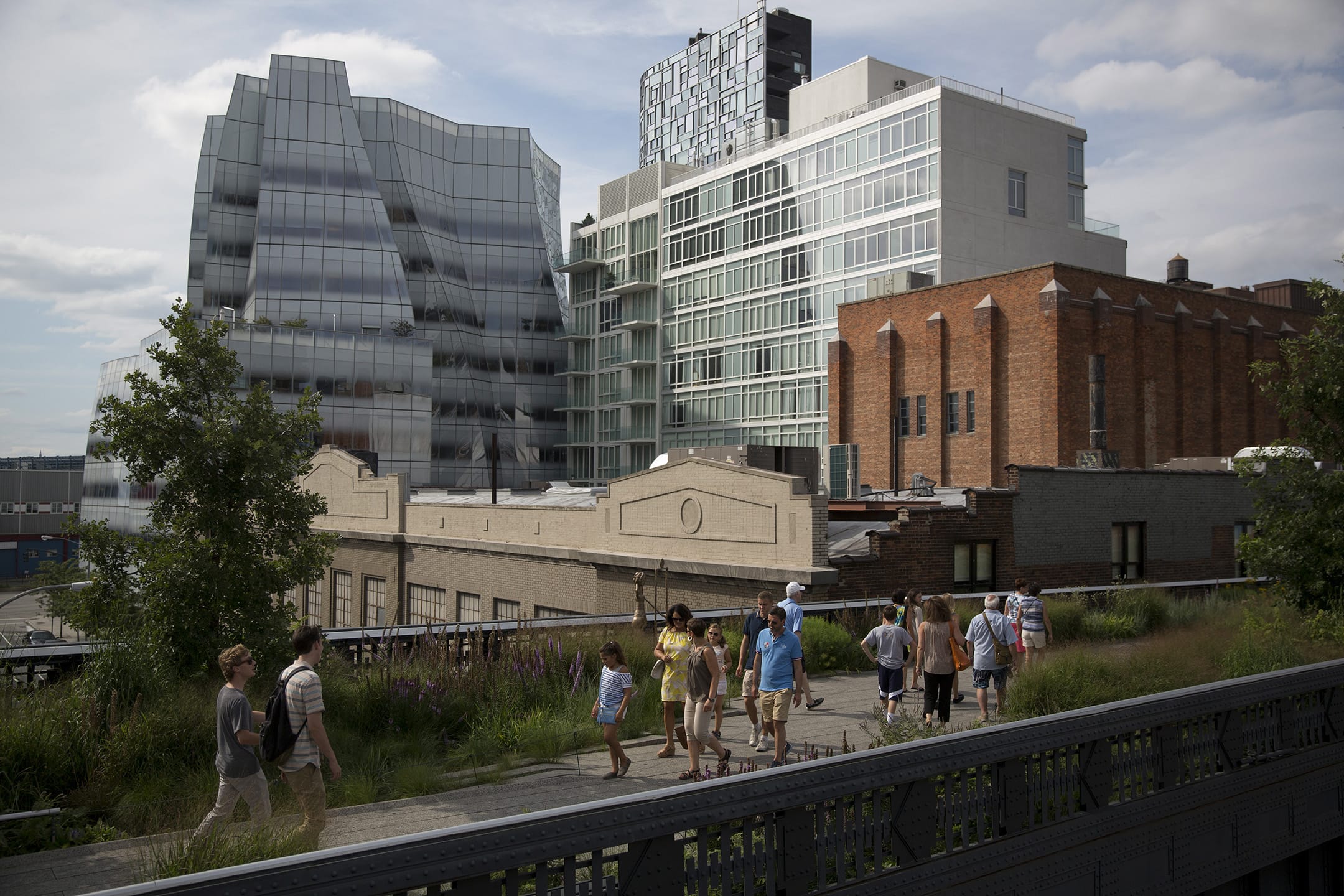Standing on the edge of the Anacostia River, looking past the piers of the old 11th Street Bridge, Scott Kratz doesn’t yet know what the four design teams will propose for a new urban park on the site. The finalists have until September to submit drawings for the competition. But one thing is certain: The winning team will address public health issues as one of the central features of the park, which will reuse the old bridge piers to span the river and connect neighborhoods that have vastly different economic, demographic and health profiles.
Communities east of the river have the highest incidence of obesity in the District of Columbia, and higher rates of Type 2 diabetes and hypertension, says Kratz, who is leading the $35 million private initiative. Unlike those on the largely gentrified west side of the river, Anacostia residents lack easy access to fresh food, supermarkets and green space. The bridge park is inspired by the enormously successful High Line Park in New York and the Atlanta BeltLine park system, which reuse obsolete urban infrastructure to create “linear parks” with significant public health benefits.
And so the park, slated to open in 2018, will include play areas to attract users of all ages and physical abilities; spaces for yoga, Zumba and dance; and perhaps a farmers market or urban garden. It also will connect residents to the Anacostia River and its ecosystem, which some studies show could have a significant impact on their mental health and well-being.
The 11th Street Bridge park is part of an increasing awareness among city leaders nationwide about the degree to which urban design affects health. The basic connection isn’t new: Urban designers in the 19th century responded to appalling mortality rates from infectious diseases by creating better systems for sanitation and fresh water, and drafted building codes that alleviated overcrowding and mandated access to natural light and air for tenement dwellers.



